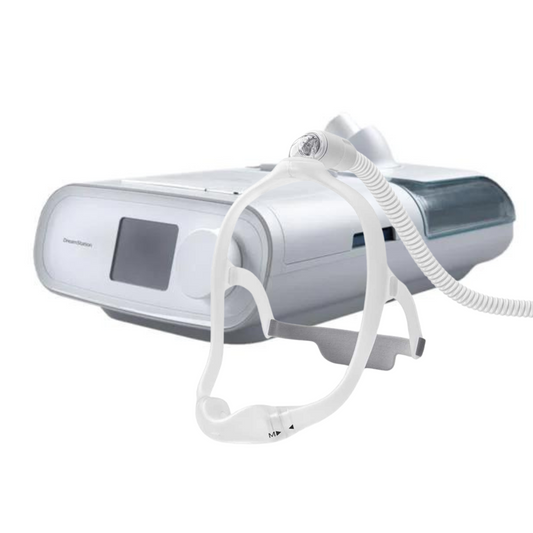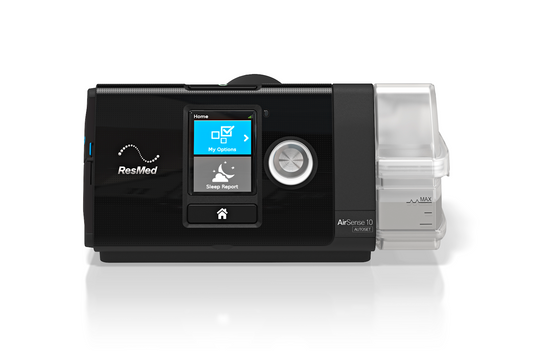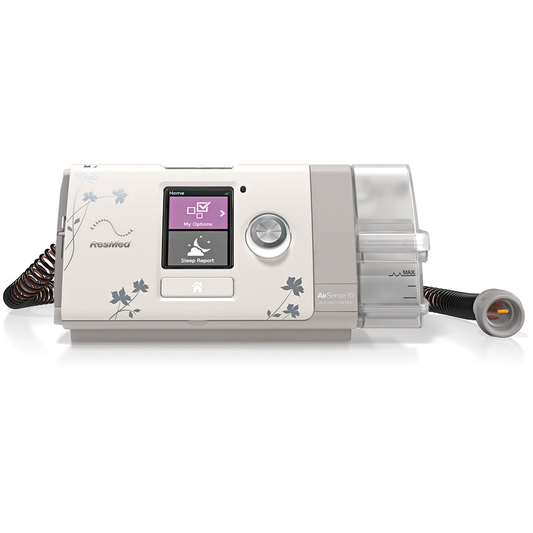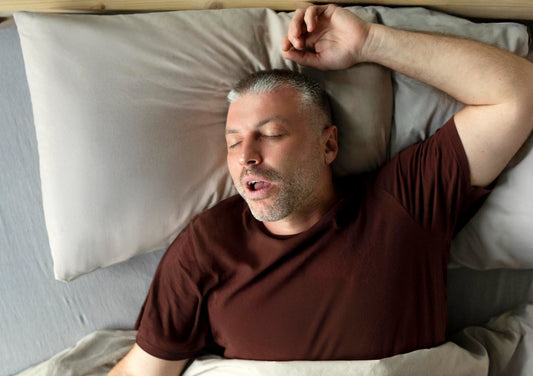Maintaining your CPAP humidifier ensures its longevity and proper functioning, and it's as simple as cleaning and emptying the water tank after each use. However, a crucial aspect often overlooked is the type of water used to fill the humidifier. Opting for distilled water is key for optimal performance.
Why avoid tap water, though?
Tap water tends to leave mineral deposits when it evaporates, leaving residue in the chamber. These deposits not only impede the humidifier's efficiency but can foster harmful mould growth. Using contaminated water in CPAP humidifiers has even been linked to reported cases of lung diseases. To prevent contamination, it's advisable to utilise CPAP cleaning solutions that effectively eliminate various pathogens such as Herpes Simplex virus type 1 & 2, HIV-1, Staphylococcus aureus (MRSA), Pseudomonas aeruginosa, E. coli, Influenza, Salmonella, and more.
When distilled water isn't accessible, bottled water serves as a temporary alternative. However, remember to thoroughly clean the chamber after each night's therapy. Leaving standing water in the humidifier's chamber between uses should be avoided.
Proper maintenance is crucial:
Regularly cleaning and replacing filters for your CPAP, BiPAP, or APAP machine ensures its internal components remain free from dirt and dust. Paper filters should be changed every 30 days or if visibly soiled, while foam filters should be rinsed weekly with clean water and allowed to air-dry before reinsertion.
Maintaining the air quality around the humidifier by keeping the area free from dust and dirt is equally essential. Ensure the air intake section of the humidifier remains unobstructed by removing any potential blockages like bedding, curtains, or furniture that might impede airflow.
Safety precautions matter:
When handling the humidifier attached to the CPAP machine, detach it carefully to prevent spillage that could damage the CPAP—water damage voids the warranty. Always remove the chamber from the humidifier before detaching it from the CPAP machine instead of carrying them together.
Even if you're not inclined to clean the humidifier immediately after use, emptying the chamber is essential to prevent any water-related accidents involving the CPAP machine.
Considerations for heated humidifiers and battery power:
While a heated humidifier can run on battery power, its performance duration will be notably shortened. Note that certain humidifier brands might not be compatible with a battery power source.
For inquiries about using and maintaining your CPAP humidifier, reach out to us at 1300 750 006.
CPAP
Why not to use tap water and how to care and Maintain CPAP Humidifiers.
Share































